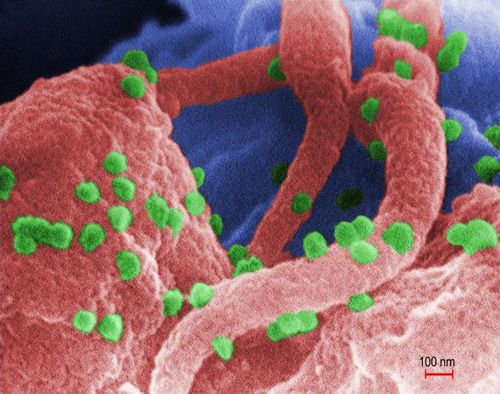Human Immunodeficiency Virus (HIV)
The human immunodeficiency virus (HIV) is the virus responsible for causing acquired immunodeficiency syndrome (AIDS). The HIV virus was originally identified on December 1st, 1981.
Statistics
- There were approximately 38.4 million people across the globe with HIV in 2021.
- Of these, 36 million were adults and 1.7 million were children aged 0-14 years.
- In 2020, 53% of all people living with HIV were women and girls.
- As of 2020, there are about 37.7 million people living with HIV around the world.
- As of 2020, 36.3 million people have died from AIDS-related illnesses since the start of the epidemic.
The human immunodeficiency virus attacks and suppresses the immune system, reducing a person's ability to fight infection. The virus specifically targets the cells crucial for fighting infection from pathogens. This allows diseases and infections to progress without resistance.
Within a few weeks of being infected with HIV, some people develop flu-like symptoms that last for a week or two, but others have no symptoms at all. People living with HIV may appear and feel healthy for several years. However, even if they feel healthy, HIV is still affecting their bodies. Untreated early HIV infection is also associated with many diseases including cardiovascular disease, kidney disease, liver disease, and cancer.
Knowledge Check Choose the best answer for the question.
2-8. How does an infection with human immunodeficiency virus (HIV) reduce a person's ability to fight infection?
You forgot to answer the question!

